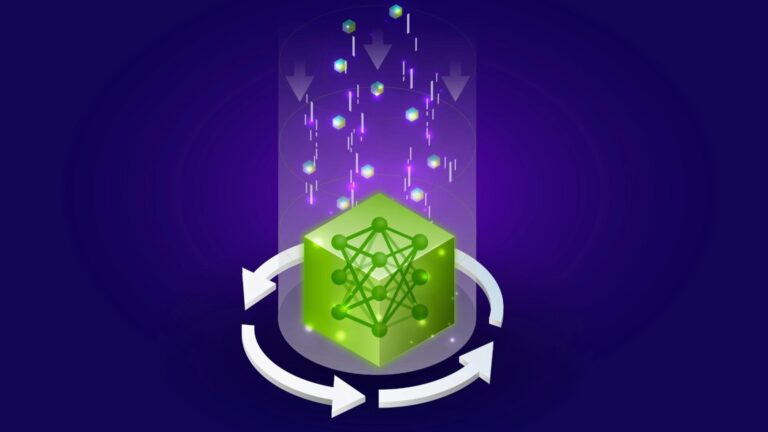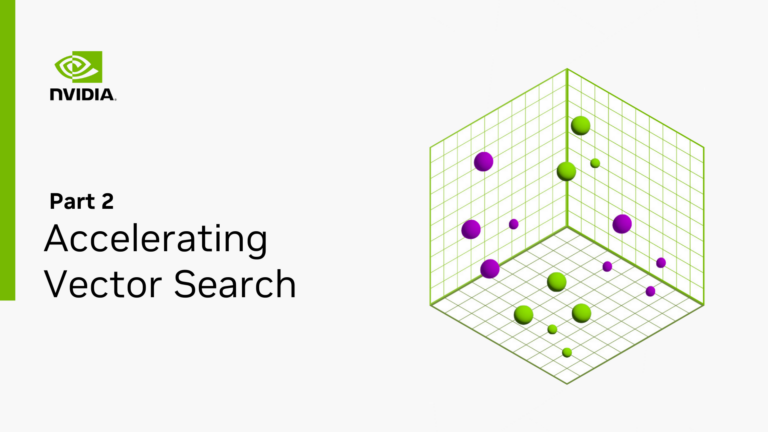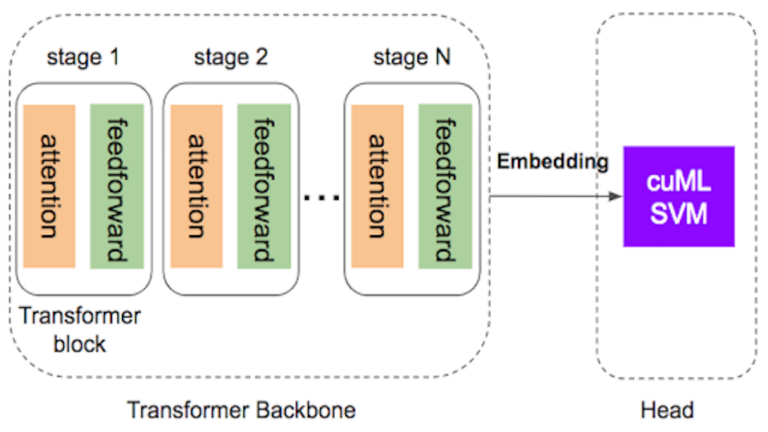
As large language models increasingly take on reasoning-intensive tasks in areas like math and science, their output lengths are getting significantly longer��sometimes spanning tens of thousands of tokens. This shift makes efficient throughput a critical bottleneck, especially when deploying models in real-world, latency-sensitive environments. To address these challenges and enable the��
]]>
Translation plays an essential role in enabling companies to expand across borders, with requirements varying significantly in terms of tone, accuracy, and technical terminology handling. The emergence of sovereign AI has highlighted critical challenges in large language models (LLMs), particularly their struggle to capture nuanced cultural and linguistic contexts beyond English-dominant��
]]> ]]>
]]>
For organizations adapting AI foundation models with domain-specific data, the ability to rapidly create and deploy fine-tuned models is key to efficiently delivering value with enterprise generative AI applications. NVIDIA NIM offers prebuilt, performance-optimized inference microservices for the latest AI foundation models, including seamless deployment of models customized using parameter��
]]>Brev.dev is making it easier to develop AI solutions by leveraging software libraries, frameworks, and Jupyter Notebooks on the NVIDIA NGC catalog. You can use Brev.dev to easily deploy software on an NVIDIA GPU by pairing a cloud orchestration tool with a simple UI. Get an on-demand GPU reliably from any cloud, access the notebook in-browser, or SSH directly into the machine with the Brev��
]]>
Text-to-image diffusion models have been established as a powerful method for high-fidelity image generation based on given text. Nevertheless, diffusion models do not always grant the desired alignment between the given input text and the generated image, especially for complicated idiosyncratic prompts that are not encountered in real life. Hence, there is growing interest in efficiently fine��
]]>
Large language models (LLMs) have revolutionized natural language processing (NLP) with their ability to learn from massive amounts of text and generate fluent and coherent texts for various tasks and domains. However, customizing LLMs is a challenging task, often requiring a full training process that is time-consuming and computationally expensive. Moreover, training LLMs requires a diverse and��
]]>
In this post, we dive deeper into each of the GPU-accelerated indexes mentioned in part 1 and give a brief explanation of how the algorithms work, along with a summary of important parameters to fine-tune their behavior. We then go through a simple end-to-end example to demonstrate cuVS�� Python APIs on a question-and-answer problem with a pretrained large language model and provide a��
]]>
In recent years, transformers have emerged as a powerful deep neural network architecture that has been proven to beat the state of the art in many application domains, such as natural language processing (NLP) and computer vision. This post uncovers how you can achieve maximum accuracy with the fastest training time possible when fine-tuning transformers. We demonstrate how the cuML support��
]]>